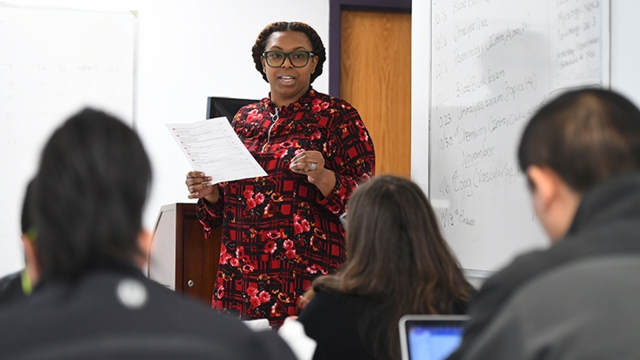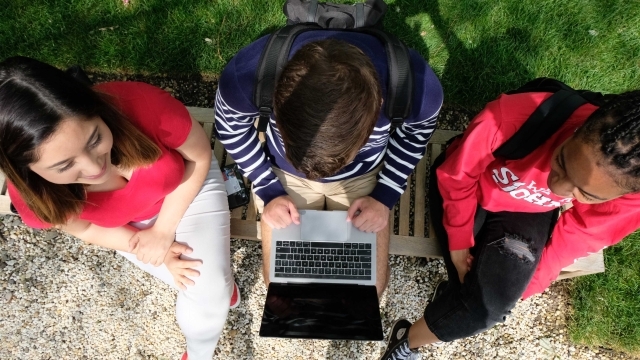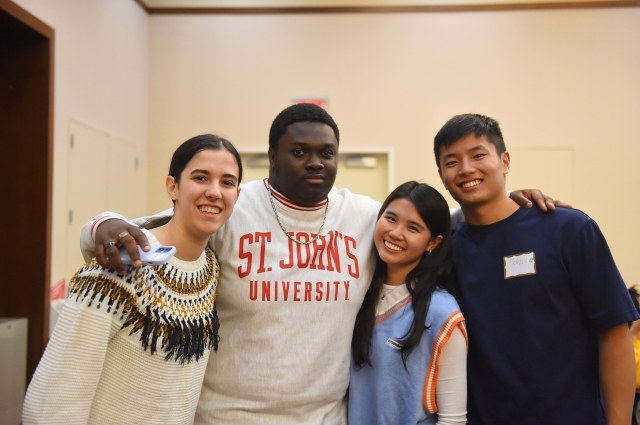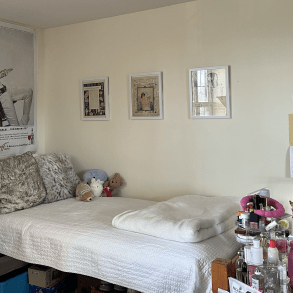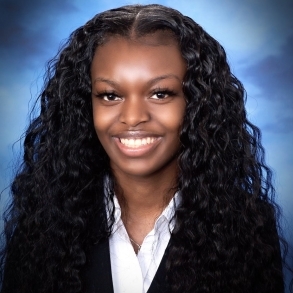7 Tips to Prepare for a New Semester

Time away from exams, class syllabuses, and assignments is much needed. It allows everyone—including the professors—to recharge and recover; however, transitioning from a semester break back to class is not easy. Thrown-off schedules, low energy levels, and poor organizational habits are just a few of the struggles. Luckily, there are many ways of combating the first-week dread to lay the groundwork for a successful semester. Here are seven tips for a productive new semester.
1. Take the time to look over your syllabus.
The last thing any student wants to do after their break is to review a multiple-page syllabus of all the expected coursework to be completed over the next few months. Nevertheless, it is a precious task not to be dismissed. The syllabus is essentially a semester success map outlining significant exam dates and other expectations.
Quick activity:
Grab a highlighter and mark all major exams, assignments, and other significant expectations. Include all these important dates in your calendar to prepare yourself accordingly.
2. Get to know your professors’ teaching style.
Like the saying “no two snowflakes are alike,” the same goes for professor teaching styles. Every professor has a preferred way of educating a class; knowing this information can be vital to success. Below are five different teaching styles shared in a Resilient Educator blog article.
- Authority, or lecture style: Teacher-centered and one-way presentations.
- Demonstrator or coach style: Shows knowledge, including activities and demonstrations.
- Facilitator or activity style: Promote self-learning, self-actualization, and critical thinking skills.
- Delegator or group style: Best for lab and peer feedback activities.
- Hybrid or blended style: Blends the teacher’s personality and interests with students' needs.
Quick Activity:
Think back to the professors you had in the fall semester. What were their teaching styles? Complete this exercise again with the next round of new professors you have now.
3. Organize your schedule digitally and physically.
As a student constantly on the go, digital apps are an excellent way for streamlining workflows and staying organized. Here are just a few great options that have free plans included:
Creative brainstorming: Milanote
Workflow productivity: Friday, Monday
Planner/calendar: Google Calendar, Microsoft Outlook
Note-taking: Evernote
Grammar checking: Grammarly
Time tracker: Toggl
On the other hand, while many students convert to digital workflows, there is nothing wrong with the classic approach of a paper-based planner. Purchase a simple calendar planner to map out essential assignments, major deadlines, and upcoming exams. Your local dollar store carries all the supplies needed to start.
4. Discover the best study style—then build a study group.
Finding a study style is as important as determining your optimal study time. There are many ways to learn; these are generally four categories: visual, auditory, reading/writing, and kinesthetic.
Visual: Charts, graphs, pictures, PowerPoints, animations
Auditory: Class readings, class discussions, verbal instructions
Reading/Writing: Note-taking, book texts, dictionaries
Kinesthetic: Hands-on, touching, feeling, body movements
Once you know which study style fits, form a group that complements your workflow. This group is also very effective when it comes to note-swapping.
Need more information on effective studying? Visit the St. John’s University Learning Commons webpage.
5. Find an “optimal” study time.
While there is no way to change the predetermined dates of midterms and finals, we can learn our “optimal” study time.
Think about your last finals week: What time of the day did you study the most? Was there a particular time that you preferred? Keep note of your best time to focus and block it in your calendar. Finding the times of the day when you feel physically and mentally at your best often leads to the most productive study sessions.
Quick Activity:
Next time you have an exam, jot down the optimal study times in your phone notes or a notebook. Chances are you’ll notice a trend: that is your optimal studying time.
6. Have a quiz-ready mindset.
When scanning a syllabus, professors will outline the percentage of your final grade, including quiz and test scores. Tests are often weighted heavier, but quiz and mini-assignment percentages should be considered. Whether they are equivalent to one or 10 percent of the final grade, it all adds up quickly.
Pro tip: Take five to 10 minutes after each class to glance through your notes. This will help develop an active mindset.
7. Know your resources.
Everyone needs some form of support at some point within a semester. Whether it is tutoring, financial aid, or résumé building, chances are there’s a resource for it on campus. One of the biggest perks of attending a university is the surplus of student guidance and support. Here are some of the many great resources at St. John’s University:
- The University Writing Center is excellent for students needing assistance with the writing process.
- Looking for academic support through peer and professional tutoring? Visit the University Learning Commons.
- Health and wellness are top priorities at St. John’s. That is why there are many resources for students studying on and off campus.
- The St. John’s Virtual International Student Resource Center is a starting place for international students interested in getting involved on campus.
- Looking for a job while attending college? St. John’s provides current undergraduate students with various part-time employment opportunities throughout many of the University’s departments, Schools, and Colleges.
- The LGBTQ+ Center is a university-wide resource and research hub for students, faculty, and employees to create and sustain an open and welcoming environment for LGBTQIA+ students, faculty, and employees.


